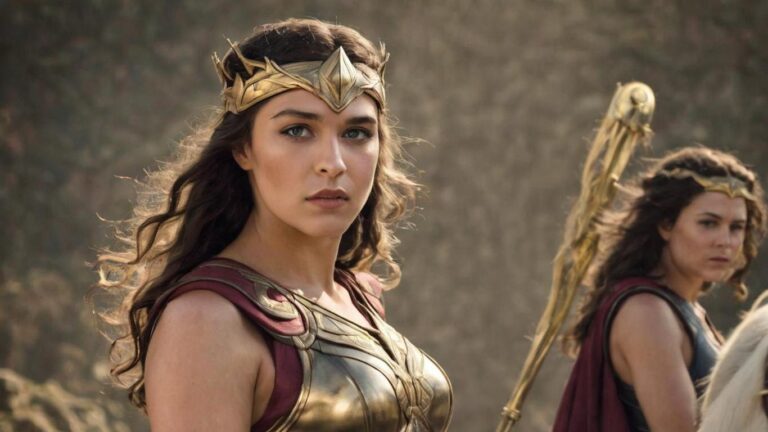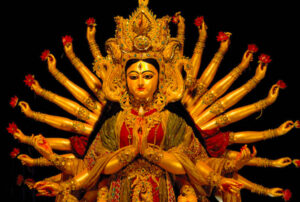Table of Contents
Hippolyta, the prominent queen of the Amazons in Greek mythology, is renowned for her association with the formidable tribe of warrior women. The ninth labor of Heracles, also known as Hercules, weaves a compelling narrative around Her. Assigned the formidable mission of acquiring her symbolic girdle, Heracles embarks on a quest showcasing strength and cunning. Hippolyta’s depiction as the Amazonian queen adds depth, emphasizing her pivotal role in Greek legends. The intricate dynamics between Heracles and Hippolyta demonstrate complexities within Greek mythology. Transitioning to another facet, the girdle embodies Hippolyta’s authority and the challenges posed to Heracles. The ninth labor stands out for its inherent difficulty and nuanced character interactions. In conclusion, the myth intertwines the fates of Hippolyta and the legendary hero, crafting a captivating tale in Greek mythology’s rich tapestry.
Origins

Greek mythology roots Hippolyta’s origins. Artists commonly depict her as the queen of the Amazons, a tribe of warrior women. The details of her birth and early life can vary in different myths and sources.
One version of the myth suggests that she was a daughter of the war god Ares and the nymph Otrera. Another account, however, proposes that she was the daughter of the god of war, Ares, and the queen of the Amazons, Harmonia. As with many figures in Greek mythology, variations exist in different tales and retellings.
Heracles’ ninth labor
In the myth of Heracles‘ ninth labor, Eurystheus commanded him to fetch the Girdle (or Belt) of Hippolyta, the queen of the Amazons. The girdle was a symbol of Hippolyta’s authority and was said to possess magical properties.
Heracles set sail with a group of companions to the land of the Amazons. Upon reaching Themiscyra, where the Amazons resided, Heracles approached Hippolyta, explaining the purpose of his visit and requesting the girdle. In some versions, Hippolyta was initially willing to part with the girdle, admiring Heracles’ courage and strength.
However, Hera, who held a grudge against Heracles, took advantage of the situation. Disguising herself as an Amazon, she spread false rumors that Heracles intended to abduct Hippolyta. The Amazons, influenced by these rumors, attacked the hero, leading to a violent confrontation.
In the chaos that ensued, Heracles managed to subdue the Amazons and Hippolyta. In some versions of the myth, Heracles killed Hippolyta, while in others, she was accidentally slain during the melee. The hero then claimed the girdle and departed.
The ninth labor highlights the recurring theme of divine interference and the challenges Heracles faced, not just from mythical creatures but also from the gods themselves. The tragic outcome of the labor added to the complexities of Heracles’ heroic journey in Greek mythology.
Modern times

FAQ
What is Hippolyta known for?
She is known for her association with the Amazons and the ninth labor of Heracles.
In "A Midsummer Night's Dream," who is Hippolyta betrothed to?
Hippolyta is betrothed to Theseus, the Duke of Athens.
Is Hippolyta a demigod?
No, she is not considered a demigod; she is a queen in Greek mythology.
Did Hippolyta have a romantic relationship with Zeus?
There is no consistent account of Hippolyta having a romantic relationship with Zeus in Greek mythology.
Who killed Queen Hippolyta in some myths?
In some myths, Hippolyta is killed during the struggle between Heracles (Hercules) and the Amazons.
What is the significance of Hippolyta's girdle?
Her girdle is a symbolic belt that represents her regal authority as the queen of the Amazons.
Is Hippolyta considered a hero?
Yes, she is often portrayed as a heroic and powerful figure, leading the Amazons in battle.
In what literature might you find Hippolyta's character?
Hippolyta appears in various adaptations, including Wonder Woman comics and Greek mythology retellings.
How is Hippolyta portrayed in "Wonder Woman" movies?
In "Wonder Woman" films, Connie Nielsen portrays Hippolyta, the mother of Wonder Woman, emphasizing her regal and powerful nature.




